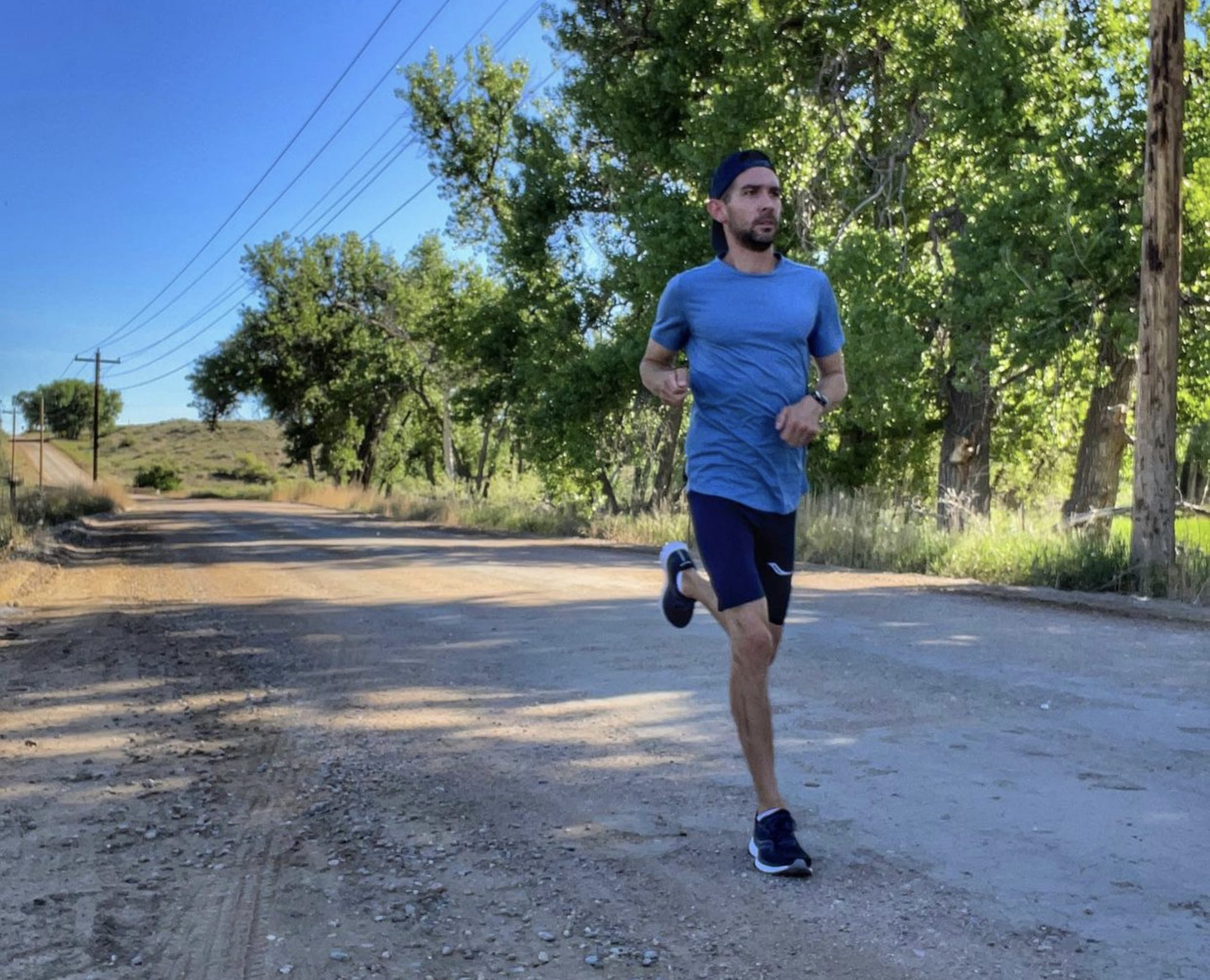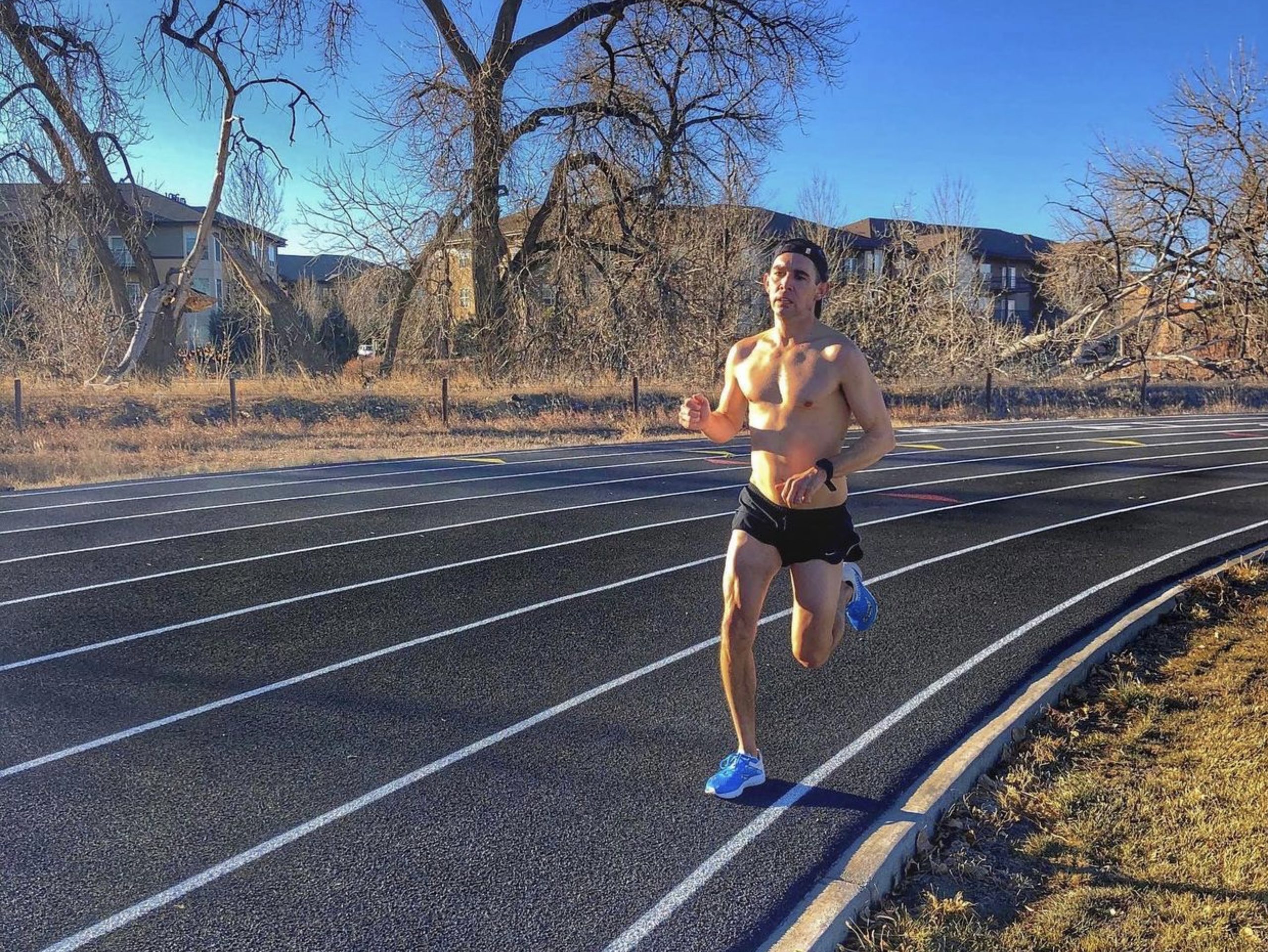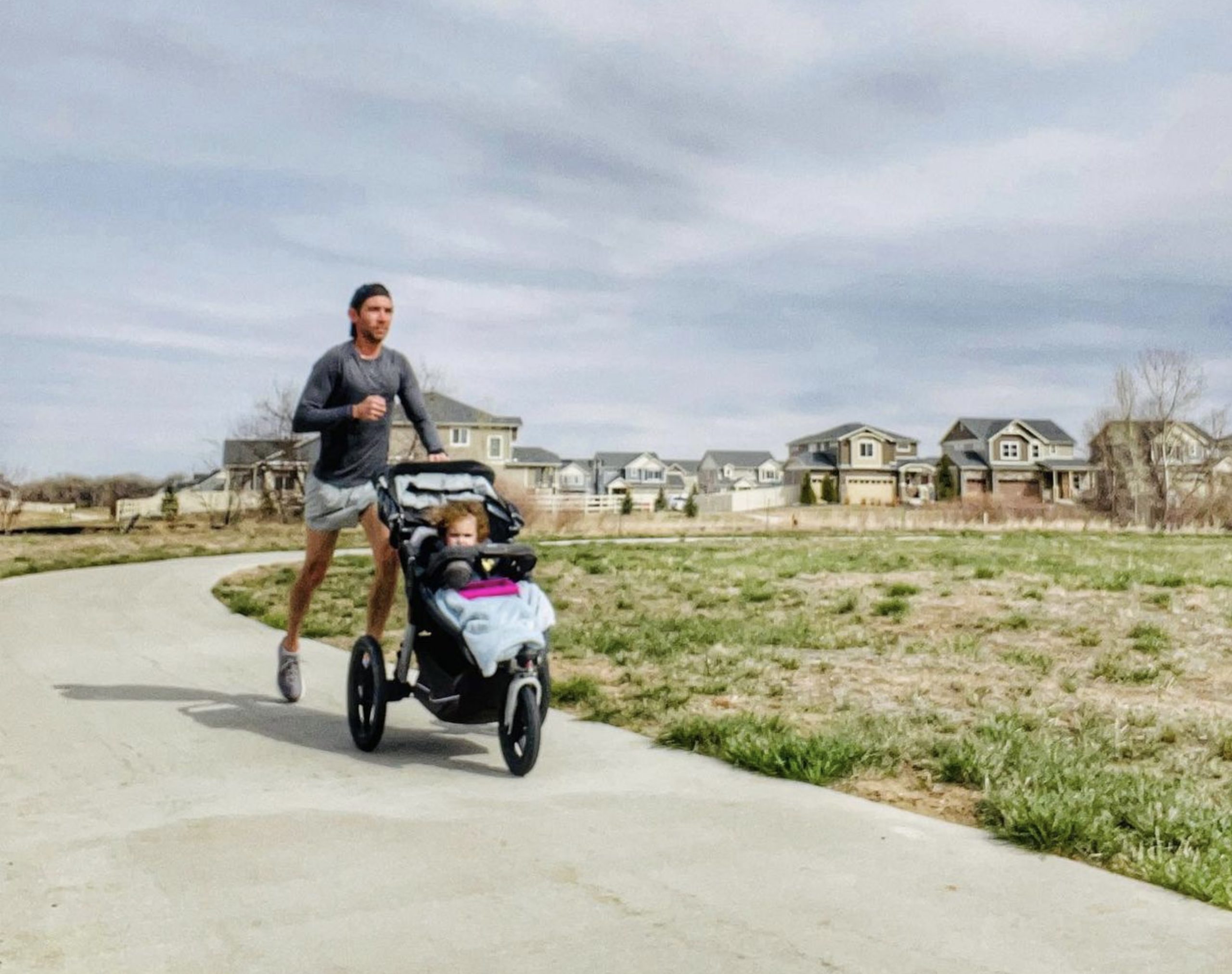How Many Different Shoes Do You Need to Train for Your Marathon?
Marathon olympic trial hopeful Brad Taylor shares the importance of finding the right shoe for the right workout.

To run, all you really need is a good pair of sneakers, right? Well, the short answer is yes. But there is a lot to consider when identifying the right shoe (or shoes) for you. Fit, comfort, support, where you’ll be running and the life of the shoe are good places to start. (A lot has changed since Bill Bowerman poured some rubber on a waffle iron back in the 1970’s to create the modern running shoe.)
Today, most shoe companies offer a wide variety of running shoes designed to maximize performance and minimize injury.
To help navigate this matrix of brands, shoes and types, we caught up with marathon Olympic trial hopeful, Brad Taylor to see what’s on his shoe rack.

AG: How do you know what shoe is right for you?
BT: This is the most important question. Always make sure your shoe matches the way your foot lands. If you are a neutral runner, get a neutral shoe. If you pronate, get a structured shoe.
Having the wrong shoe forces your foot to land in a way that is not natural to your biomechanics. This consistent stress will likely lead to injury over time. I would argue most new runners get injured because they buy the wrong shoe.
I highly recommend going to a good running store for a proper fitting. They will watch you run, video your foot landing, assess your arches and make sure you know what shoe will best fit your stride. It won’t matter how fast your shoe is if you’re injured and can’t run.
AG: What makes one shoe better than another for a given workout?
BT: When I’m choosing a shoe for a specific workout, there are a few key attributes I look for:
- How light is it? Most shoes that are considered “fast” are in the ballpark of six to eight ounces. Too light and there isn’t enough foam to cushion the return of each step and prevent injury. Too heavy and you start to work harder than you need to.
- What kind of foam does it have? I wear Sauconys and their foam is called PWRRUN+. It’s light, durable, springy and flexible. It provides a great cushion without slowing me down.
- Does it have a carbon plate? Carbon plate shoes store energy when the heel strikes the ground and releases it back to the runner at the toe-off, acting like a trampoline. The shoe takes on more work for you, since less effort is required with each stride.
- What type of grip does it have? I spend most of my time on roads or hard-packed trails, so tread grip isn’t a huge concern, but if I was a trail runner I would look for something with traction (for wet/muddy conditions) and a stiff sole (so I don’t feel all the rocks under my feet).

AG: What types of run workouts does your training plan call for?
BT: I have 22 weeks until my next marathon, so my current training block is mainly base building. Usually, I will have one hard workout a week, two lighter days with 10×100 meters fast somewhere in the run, and one long run a week. A typical training week for me looks like this:
- Monday: rest day
- Tuesday: a speed session on the track (20×400 at 65 to 70 second pace with a few faster 200s)
- Wednesday: Easy run (8 to 12 miles at 7:00 minute per mile pace with 10×100 meters fast)
- Thursday: Longer tempo/threshold workout (10×1000 meters in three minutes or faster, or an eight mile progression run starting at a six minute mile pace, and ending below a five minute mile pace)
- Friday: Easy run (8 to 12 miles at 7:00 minute per mile pace with 10×100 meters fast)
- Saturday: Easy run (8 to 12 miles at 7:00 minute per mile pace with 10×100 meters fast)
- Sunday: long run between 18-22 miles with 10 miles at marathon pace
AG: What shoes do you consider for each of the different workouts?
BT: First and foremost, I look at the weight of the shoe as it relates to the workout I’m about to do. I want to feel like a sports car when I run. I don’t want any wiggle room.
I currently cycle through three pairs of shoes a week, four if it is a race week:
- Saucony Triumph for my really easy days because they are very cushioned.
- Saucony Ride for my easy days with strides. The Rides are lighter than the Triumphs and the foam is firmer, so they rebound a bit quicker with each step, making strides and moderate runs quicker.
- Saucony Endorphin Speed for my really fast or long hard runs. They are engineered to provide a forward motion to amplify stride and fit snugly so my fit doesn’t move within the shoe. Lastly, they are light, weighing in at around seven ounces.
- Saucony Endorphin Pro is my race shoe. It is carbon plated, so the return it gives me is second to none, making it an extremely fast shoe.
. . .
Brad Taylor is a 34 year old husband and father of two giving it his all in a shot to qualify for the Olympic trials in the marathon. The required time for men is a 2:18:00. Follow along, as Brad will be documenting his journey on Instagram @brad_is_running.

